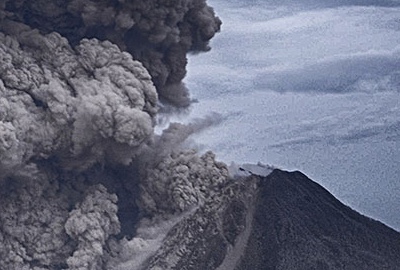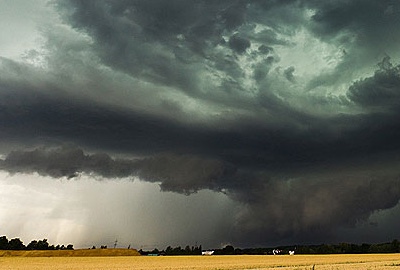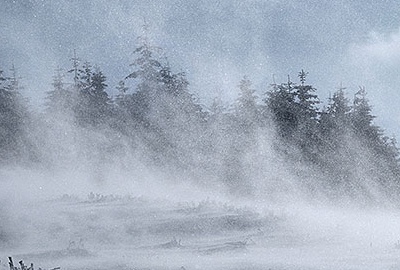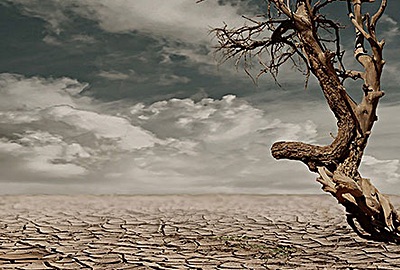 2022-05-08
2022-05-08
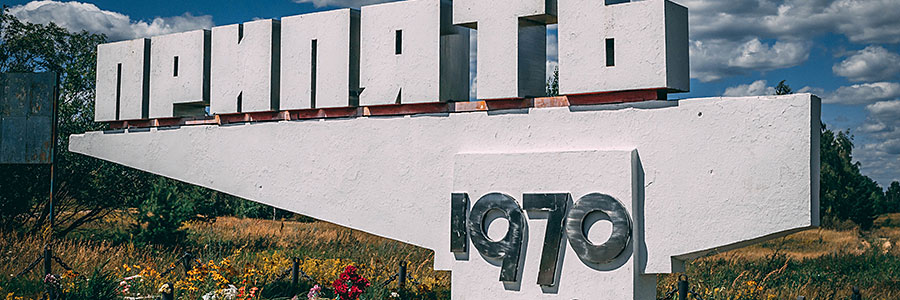
The Chernobyl Disaster
- ArticlesandContent.com (CIRCA 2005)
- /
- Oct 8, 2021 (written 2005)
Chernobyl was the worst nuclear disaster in history.
What happened at Chernobyl and why?
The Chernobyl nuclear plant was situated the north of what is now Ukraine, and built to a rather archaic (and now discredited) design. In April 1986, a test was being run on the nuclear reactor, which required it to be shut down for a short time. The shutting down of the cooling systems that kept the reactor at a safe temperature turned out to be a catastrophic mistake. A massive steam explosion ripped open reactor no. 4 and led to a series of subsequent explosions.
As fire raged through the reactor, firemen attempted to tackle the blaze, but were woefully ill equipped for the task – many of the 400 workers and firemen that were present at the time were later diagnosed with radiation sickness. They displayed great bravery in exposing themselves to what they knew were highly dangerous levels of radiation at the site of the nuclear disaster.
A huge plume of smoke, debris, and radioactive particles was sent some 1000 meters into the air and began to drift westwards on the wind. It is estimated that the amount of radiation released was 200 times that of the Hiroshima and Nagasaki bombs. Over the following days, the radioactive cloud moved west across the Soviet Union and Europe, causing one of the worst environmental disasters of the 20th century; extremely high levels of radioactivity in the surrounding area, and contaminating crops and animals across the continent. HYPERLINK "http://www.bbc.co.uk/dna/h2g2/A2922103" http://www.bbc.co.uk/dna/h2g2/A2922103
How many people died?
Estimates of the number of people who died in this massive environmental disaster are variable – the Soviet government was very sensitive about the nuclear disaster, and so official figures for casualties were suspiciously low. Apart from the 31 people who died at the scene of the disaster, estimates of long-term casualties vary from 2500 deaths (according to the Ukraine Radiological Institute) to a high of 15,000 (according to charities and lobby groups representing victims), because of increased incidences of cancer and leukemia. A United Nations study found little direct evidence of increased rates of radiation-related illnesses, but this remains a controversial finding. HYPERLINK "http://www.spiegel.de/international/0,1518,411864,00.html" http://www.spiegel.de/international/0,1518,411864,00.html
Are there effects that still remain today?
Despite the controversy, it seems clear that the effects of this environmental disaster are still with us. There are reports of higher incidences of thyroid cancer and birth defects in the surrounding area. Agriculture, too, feels the effects of the nuclear disaster: nearly 400 farms in the UK are still subject to restrictions and liable to inspections to ensure that their sheep are safe for human consumption. HYPERLINK "http://en.wikipedia.org/wiki/Chernobyl_disaster_effects" http://en.wikipedia.org/wiki/Chernobyl_disaster_effects
